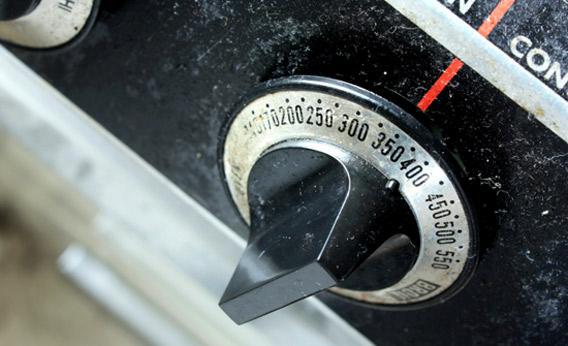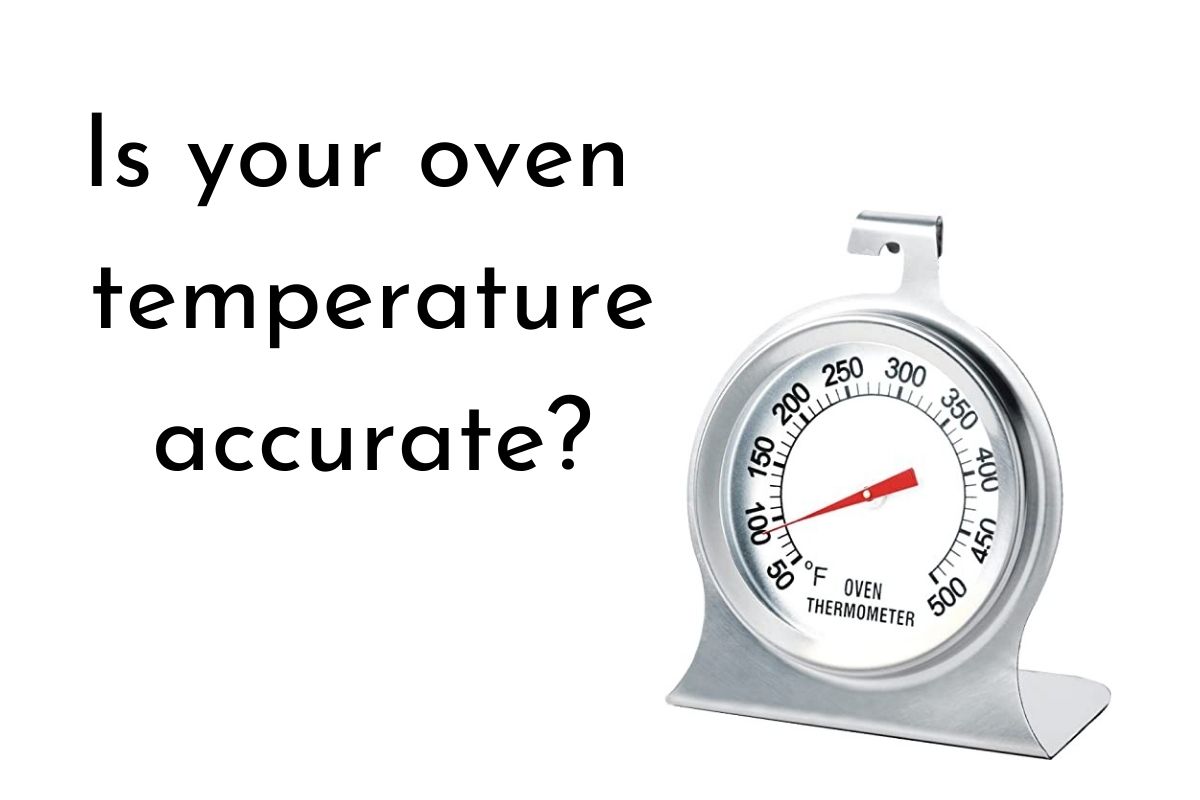Oven temperature conversion tables between fan and gas ovens – Cotswold Flour

Oven temperature conversion tables between fan and gas ovens – Cotswold Flour
Simple temperature conversion tables for ovens; between gas, celsius, fahrenheit and fan ovens, including slow cooker and air fryer conversions..
When cooking from a recipe you may need to convert your temperature from celcius to farenheit depending on if you are using a gas or fan oven.
Use our simple table below to help you.
It is particularly important to make sure your oven temperature is accurate when baking because baking requires precise temperatures to be adhered to.
Our quick and easy oven temperature conversion chart lets you see at a glance the correct temperature for your scones, cakes, bread and pastries.
Oven Temperature Conversion Table
Gas mark
Fahrenheit (°F)
Celsius (°C)Conventional Oven
Celsius (°C)
Fan Oven
How Hot?
1
275
140
120
Cool
2
300
150
130
Cool
3
325
160
140
Moderate
4
350
180
160
Moderate
5
375
190
170
Moderately hot
6
400
200
180
Moderately hot
7
425
220
200
Hot
8
450
230
210
Hot
9
475
240
220
Very hot
Practical tip: Reduce the heath of conventional oven by 20˚C for fan-forced ovens.
Download printer friendly version of Oven Temperature Conversion Table
or Pin it
Why are fan oven temperatures lower?
Due to the nature of fan ovens which circulate hot air around the oven, they will cook your food much faster than a conventional oven. For this reason, we always recommend setting your fan oven temperature to 20 degrees cooler for the same recipe.
Fan ovens are typically becoming the default model on appliances with just one oven built in. For this reason, if only one temperature is given in your recipe, you can assume it to be the fan oven temperature.
How can I check if my oven temperature is accurate?
Your oven works with its own built-in thermometer; however, inaccuracies in temperatures have been known. For example, some ovens have been tested and have been found to be as much as 40 degrees over the stated temperature.
Oven thermometers
For this reason, if you suspect your oven is not operating at the correct temperature, it is advisable to get yourself an oven thermometer which will be a reliable tester of the oven temperature.
Stainless steel oven thermometers are cheap to buy and easy to use; simply position it in different areas of your oven to check the accuracy of the oven’s own thermometer.
If the difference in oven temperature between the thermometer you bought and the oven’s own one is too great then you may need to consider sending your oven for repair or replacing it.
How oven temperature affects cooking and baking
All cooking will be affected by oven temperature, and it is important to pay attention to the correct temperature from your recipe. You might be aware that your oven runs approximately 20 degrees hotter than a standard oven, in which case you should allow for this and adjust accordingly.
Oven temperatures and baking
Baking, in particular, benefits from the precision with temperature and time. When cake baking for example, reactions occur in the baking process to aid the cake to rise evenly and to the correct depth, which requires a steady and specific temperature -, too hot and you’ll get a harder outer edge, with a cracked top, too cold will result in a sunken middle and a dense consistency.
Oven temperatures and cooking
It is also imperative to get oven temperatures correct in other forms of cooking, such as cooking with meat, for example. In order to cook safely and make sure the meat is entirely cooked through to the middle, using an oven thermometer will give you peace of mind.
When roasting food, in order to enjoy the perfect roast potato, knowing that you have the correct oven temperature will ensure no disappointment and a perfectly crisp and even skin, fluffy in the middle.
What happens inside your oven when you bake?
There are several stages your baking will go through once you put it inside your oven. Hopefully, your oven is set to just the right temperature and is working perfectly.
What should happen is that the ingredients will start to respond to the change in temperature in a certain order. Firstly the fats inside your baking will start to melt, and then any leavening or raising agents you used (such as baking powder) will start to activate. Then proteins (such as egg) will start a process called denaturation, which is where they change their structure, while the starches will start to absorb water. Finally, the sugars will start to brown, due to caramelization.
When your oven is set to the right temperature, your baking, be it bread, cakes or cookies, will start to react in exactly the correct sequence, forming the perfect density, colour and size.
An oven set to the wrong temperature (too hot) will cause the moisture in your cake to evaporate too rapidly from the cake’s surface, leading to rapid browning and, eventually a burnt cake. Too cold and the reactions that are meant to happen at the appropriate speed will take too long, meaning not enough rising and a cake that is too dense.
How to make your bakes great
Since temperature is so vital to achieving the perfect bake, it is important to know the following tips when using your oven.
Check your oven temperature - use a thermometer
As discussed, an oven thermometer can be a real lifesaver when trusting your oven to deliver failsafe baked goods. If you have any doubts as to the actual temperature of your oven, buying an oven thermometer can make all the difference to your baking.
Don’t open the oven door. Opening the door will affect the temperature of your oven - causing a rapid drop which is cake baking is a no-no. Whilst you might get away with it for the toughest of cakes, if you want to be guaranteed the perfect baked goodness, stay away from that oven door and trust your timings. Most ovens have useful, clear glass windows allowing you to inspect your cakes and cookies without altering the temperature.
Don’t overfill the oven. Surprisingly this one is not so well known. Ovens have the capacity to heat a certain amount of food evenly, and fan ovens particularly have been designed with this in mind. However, if you overload your oven with several items over more than two shelves, you may not get even and reliable results.
Use foil to protect baked goods from over-browning. Foil is a reliable standby for preventing burning when you know they still have to finish their cooking time in the middle. The foil allows the oven to finish cooking all the way through but protects the top from burning.
Measure ingredients carefully. Particularly vital in baking and when following more unusual recipes. If you measure the correct ratios of ingredients, you are far more likely to achieve even and reliable results. Accurately measured ingredients have been tried and trusted over generations to ensure cakes, bread, pastries, and cookies rise evenly.
Slow cooker to oven conversion
If you have a favourite slow-cook recipe that you’d like to do in the oven, perhaps for time reasons, then we have just the chart for you for quick and easy conversion of timings.
The following chart will give you general timings on converting your slow-cooker recipe to cooking in the oven.
Slow cooker
Oven
4-6 hours low/2-3 hours high
20-30 mins
6-8 hours low/3-4 hours high
30-45 mins
8-12 hours low/4-6 hours high
1-3 hours
These temperatures are best for meat-based recipes. The meat cooks best when braised at lower temperatures. When cooking vegetables, you can cook at a slightly higher temperature for a shorter time. The meat will require a minimum of six hours on low to make sure it is cooked through properly; most recipes will recommend a bit longer.
When cooking in the oven, you will generally find that stews and liquid-based dishes will dry out more quickly than cooking with a slow cooker. For this reason, it is recommended to add an extra cup of water or stock halfway through the cooking time.
Oven to air fryer conversion
Air fryers are a popular method of cooking due to their health benefits (frying using a lot less oil), fast cooking and energy efficiency. They are a safe, clean method of getting that crunchy fried taste you love so much.
The good news is that air fryers can be used for practically all recipes that call for traditional oven cooking. As well as crunchy chips and vegetables, think baked goods: cakes, scones, brownies, pastries, bread biscuits and more! You will generally have more success with smaller baked goods, such as cookies and muffins, than with larger cakes and loaves of bread.
Like your convection oven, air fryers cook your food using hot air instead of oil, but unlike your oven, their efficiency means you will need to adjust the cooking time by reducing appropriately. An air fryer requires no preheating as its compact size heats up very quickly.
When converting temperatures from oven to air fryer, the general rule of thumb is to reduce the temperature by 20ºC – 30ºC and reduce the cooking time by 20%.
For example, if cooking a simple recipe for spicy wedges, if your oven recipe tells you to cook at 200ºC for 25 minutes, you would cook them at 180ºC for just 20 minutes in an air fryer.
More conversion tables
We have other conversion tables that might come in handy in your kitchen:
Cups to grams
Yeast Conversion Table
Ounce to Grams: Imperial to Metric Conversion Table
Teaspoons and grams
Oven Temperature Conversion

Conversion Chart For Oven Temperatures: Celsius Vs Fahrenheit And Gas Mark

Oven Temperature Conversion Chart - °C, °F, Gas and Fan - Skint Chef

Quick Kitchen Conversions: Temperature, Weight & Volume
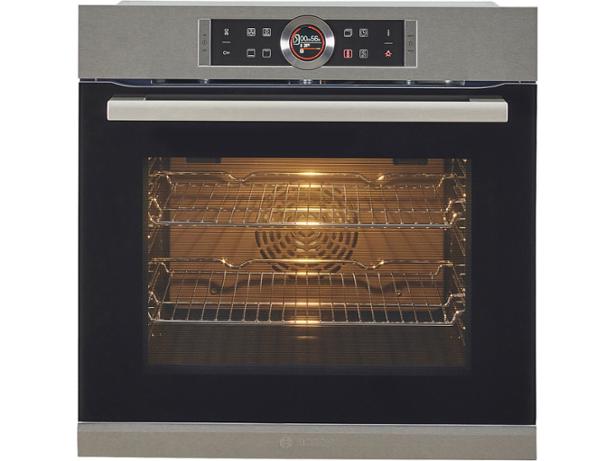
Oven Temperature Conversion Table Degrees Celsius to Fahrenheit, Gas Mark And Fan - Which?

Conversion Chart For Oven Temperatures: Celsius Vs Fahrenheit And Gas Mark

Oven Temperature Conversion °C to °F - Fan to Gas Mark - Flawless Food

Oven temperature conversion tables between fan and gas ovens – Cotswold Flour
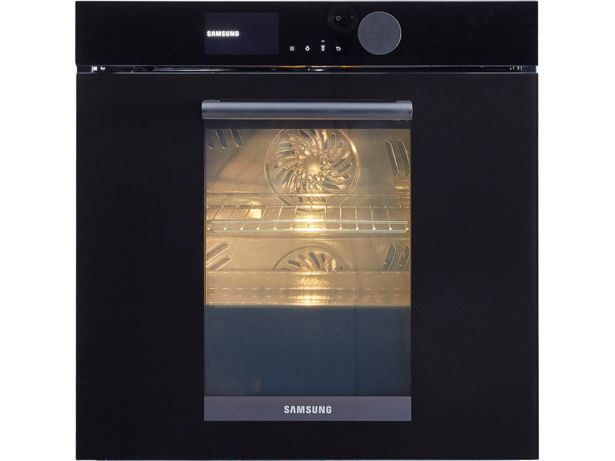
Oven Temperature Conversion Table Degrees Celsius to Fahrenheit, Gas Mark And Fan - Which?

Oven Temperature Conversions - Gas, Celsius and Fahrenheit
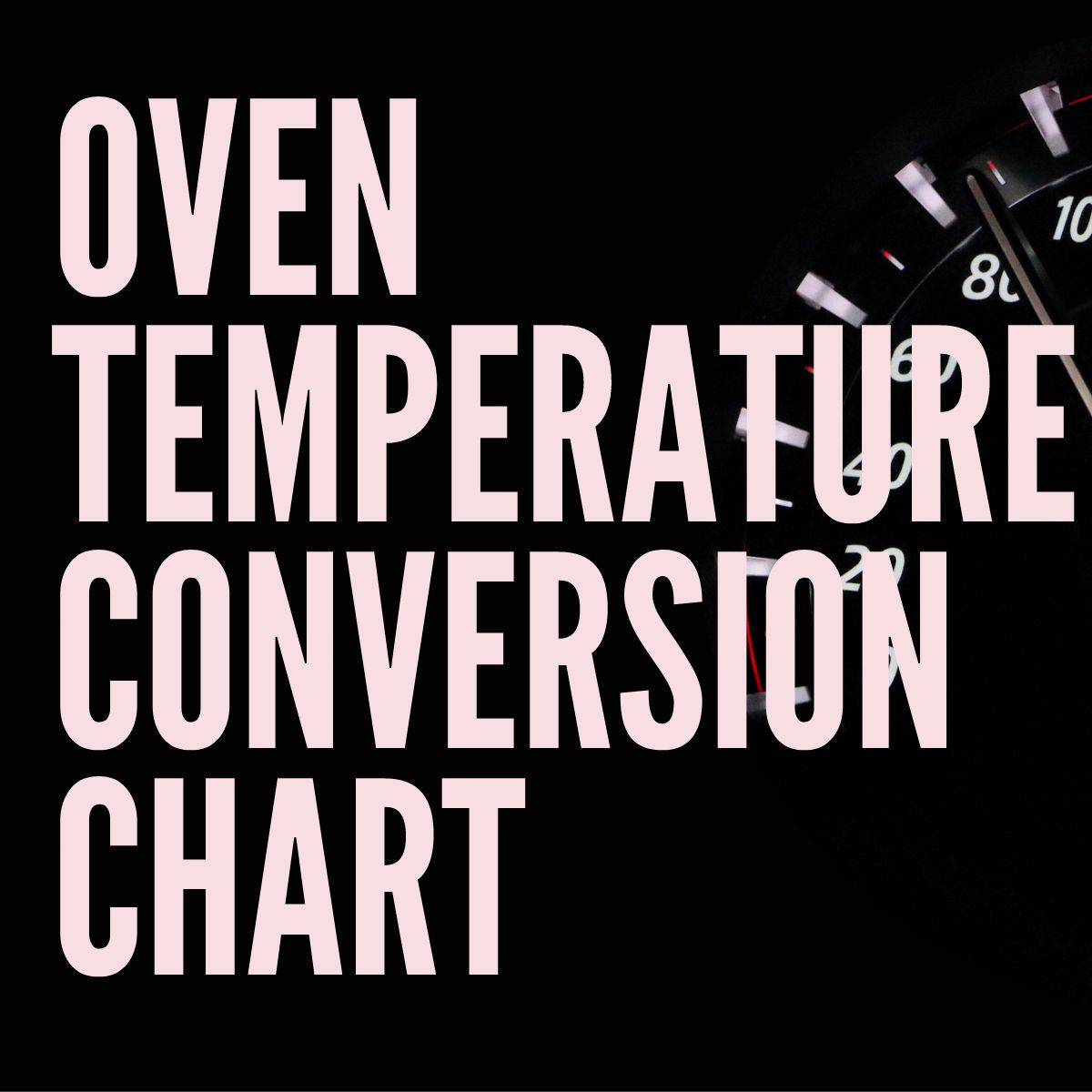
Oven Temperature Conversion Chart – Baking Like a Chef

Conversion Chart For Oven Temperatures: Celsius Vs Fahrenheit And Gas Mark

Gas Mark Conversions: Chart for Easy Cooking – Samsung Food
